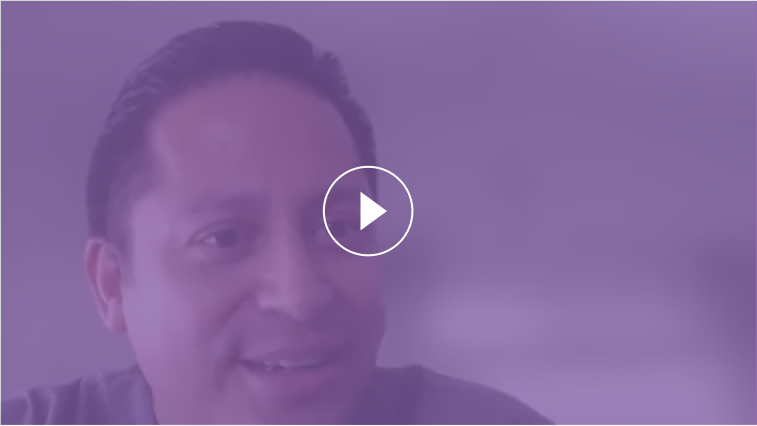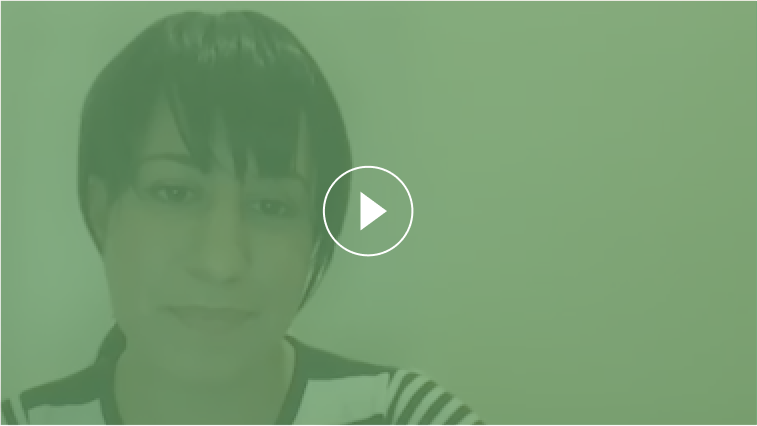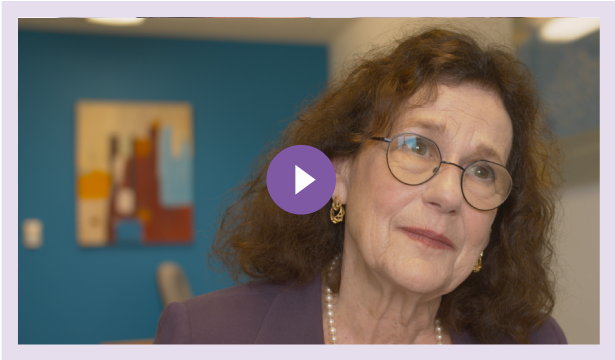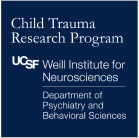Linda, 35, is bringing her 10-year-old son, Javier, to the doctor with concerns that he is having trouble focusing at school. Linda is initially worried by the ACE questionnaire given to her about her son. The screening makes her wonder if ACEs may be contributing to his lack of focus. Her conversation with the pediatrician makes her realize that there is much she can do to reduce the negative impact of those adverse events.
What Linda Is Thinking as the ACEs Screening Is Introduced
- I want to protect my children, and I want them to be safe.
- I want my children to also feel safe.
- I feel tense about revisiting the stressful events in Javier’s life, but this is eye-opening to me. I never thought there could be a connection between our family conflicts and his difficulty concentrating.
Learning Objectives:
- Recognize approaches to inquiring about and validating adversity, distress and strengths in ways that support healing
- Identify words and practices within the TRIADS framework that resonate with your own approach to health care
- Practice applying the TRIADS framework
Watch & Learn
10 min
Provider Response
Pediatrician Eddie Cruz-Romero explains that the ACE screening can identify possible sources of child stress and should be included in the assessment of ADHD.
5 min
What Happens Next
Dr. Cruz-Romero takes a collaborative approach with Linda to develop a plan of care for Javier’s difficulties with focusing at school.
Finding Your Own Words
Below are some commonly asked questions and an example response. The aim is to help you find your own words when communicating with your patients about the ACEs screening.
What can I do to protect my child from the negative impacts of traumatic experiences?
Children want to share and talk about their feelings. So I think it’s really important to ask him, and talk to him about his feelings [about things that have happened to him]. That can really help your relationship with him, too, and help him express his emotions.
“[Also] A very good support system…is…really important. Those relationships with friends and family in the community are really important. If we start building this relationship and improving it with Javier, some of this stress that he may have could improve. Some of the things that have been shown to help children with stress response are things like good nutrition, sufficient sleep, spending time in nature, physical activity, the mental health support we were just discussing, and healthy relationships. So I think those all could really help Javier.”
How do I start the conversation with my child about past traumatic experiences?
You can ask open-ended questions, such as ‘how has it been that your father has been gone?’ Let the child guide the conversation. The reason for the conversation is not to explain why things are the way they are but to understand where the child is at and what their understanding is.”
Reflective Practices
Self Reflection
Now that you’ve reviewed the scenario above, reflect on the questions here, either on your own or in a group setting:
- How do you think that went?
- What do you think went well and what could have been improved?
- What language could you see yourself using when conducting an ACEs screening?
- How might this scenario be different if it were in person rather than telehealth?
Mentoring Moments
After you’ve had a chance to reflect on your own, view a conversation between the health care team and Dr. Alicia Lieberman, Professor of Psychiatry at UCSF and Director of the Child Trauma Research Program.
Now You Try It
Note: This is intended for all members of the health care team. Remember that we’re all learning and that there are no mistakes.
Review
- Find the words and the body language from the Watch and Learn section that feel comfortable for you and that you can envision using in your conversations with patients.
- Jot down some of the suggestions from the Reflective Practice section that were most helpful to you.
- Now take a moment and visualize yourself running through this scenario with a patient.
Practice
Remember that we’re all learning and that there are no mistakes.
- On your own or with another person, practice using the words and the body language that convey the message that you want. Alternatively, you can record a voice memo or video on your phone so that you can play it back to review. You may also get feedback from a trusted colleague or friend.
- In a group setting, pair-share or self-reflection, consider these questions:
- What came easy to you? What would take some work?
- What do you think you are doing well?
- What do you need some practice with?





